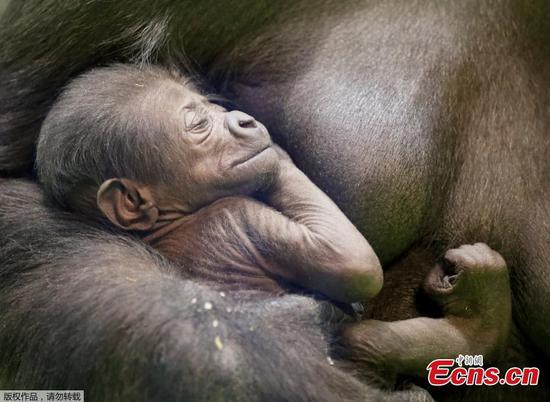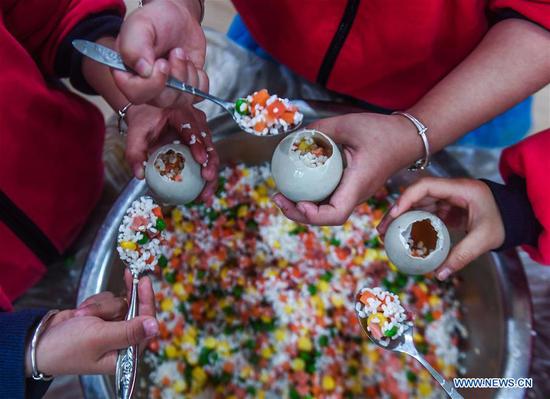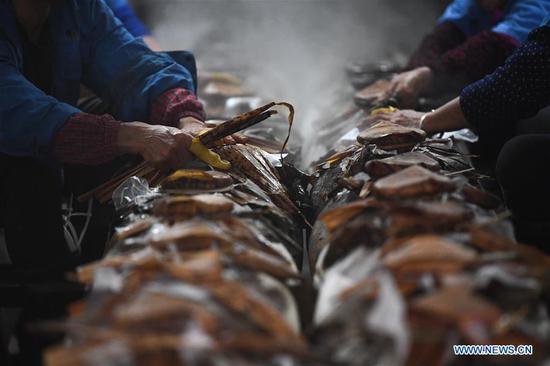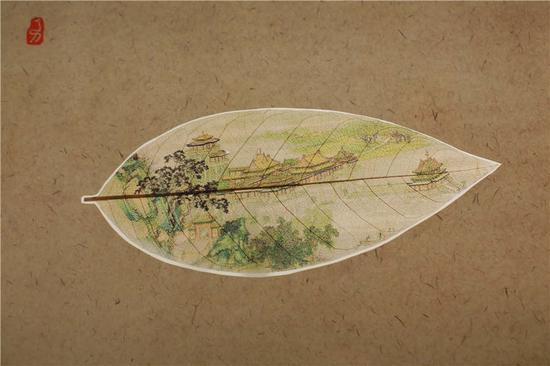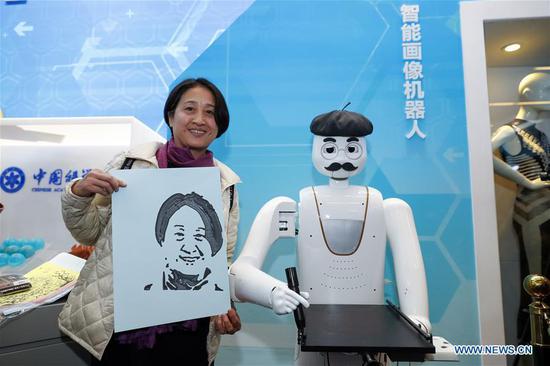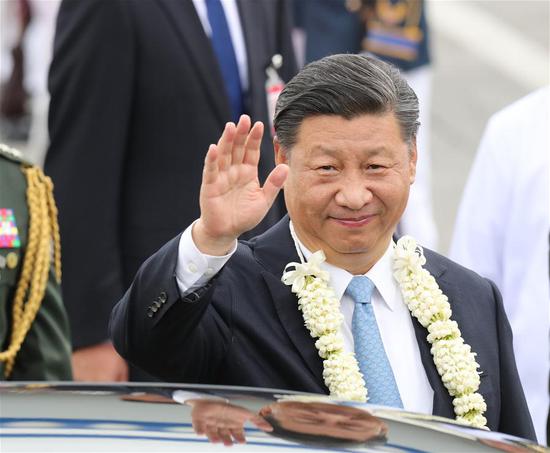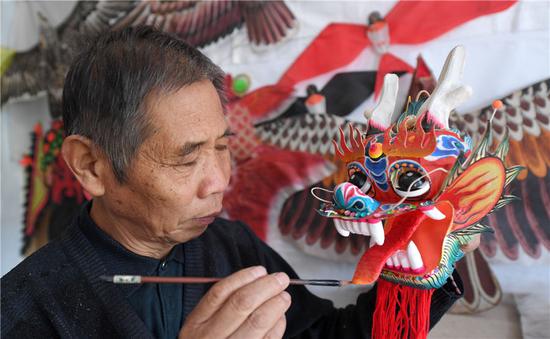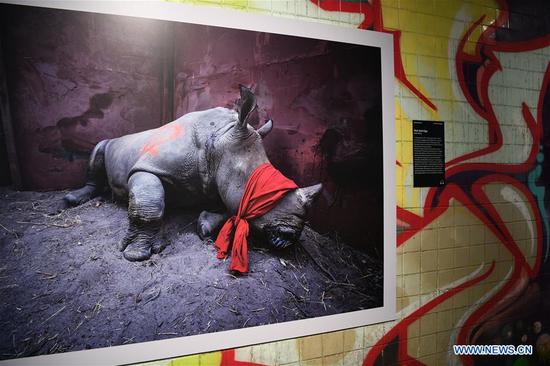Chopsticks, or kuaizi in Chinese, are a pair of small equal-length tapered sticks, usually made of wood, used for eating Asian food. It is believed the first chopsticks were developed over 5,000 years ago in China. The earliest evidence of a pair of chopsticks made out of bronze was excavated from the Ruins of Yin near Anyang, Henan province, dating back to roughly 1,200 BC.
Chopsticks play an important role in Chinese food culture. Chinese chopsticks are usually 9 to 10 inches long and rectangular with a blunt end. They are round on the eating end which symbolizes heaven, and the other end is square which symbolizes earth. This is because maintaining an adequate food supply is the greatest concern between heaven and earth.
There is an old Chinese custom making chopsticks part of a girl's dowry, since the pronunciation of kuaizi is similar to the words for "quick" and "son".
Chopsticks are so frequently used in daily life they have become more than a kind of tableware and have fostered a set of etiquette and customs of their own.
How to use chopsticks
1. Pick up the first chopstick with your middle finger and thumb. Stiffen your hand for a firm grip. Have the broad end of the chopstick lay on the part where your thumb and index finger connect. Rest the narrow end on the tip of your ring finger, and hold it in place with the tip of your middle finger. (Hint: try holding it the way you hold a pen to write. It might rest on your ring finger or your middle finger, held in place by your index finger. Hold the first chopstick behind your thumb, and then lift your index finger so it can hold the second chopstick.)
2. Grip the second chopstick with your index finger. Place your thumb over the second chopstick. Adjust your grip whatever position is most comfortable for you. Make sure the narrow tips of the chopsticks are even with each other to help prevent them from crossing or being unable to "pinch" the food.
3. Hold it steady. This chopstick should not move when you attempt to pick up food. Alternatively, hold the first chopstick steady and move the second by moving the tip of your index finger up and down while the thumb remains relatively steady, acting like a pivot point. The top chopstick should remain pressed to the index finger from the tip through the first joint. The movement should come from flexing the joint closest to the knuckle. Straightening your index finger opens the chopsticks and bending it closes them, with perhaps a slight flexing of the thumb to keep the chopsticks lined up with each other. (Note: this method is different from the photos on how the top chopstick is held. The movement comes from the top chopstick, not the bottom one, so the top chopstick is held so that it can be moved easily. Use the style that is most comfortable for you.)
4. Practice opening and closing the chopsticks. Make sure the broad ends of the chopsticks do not make an "X", as this will make it difficult to pick up food.
5. Pick up food at a good angle (try roughly 45 degrees from the plate), and gently lift up. If it feels unstable, put it down and try again.
Etiquette in using chopsticks
It is important to note chopsticks are used in many different parts of the world, in many different cultures. While the principles of chopstick etiquette are similar in many of these places, the finer points may differ from region to region, and there is no single standard for the use of chopsticks. Generally, chopsticks are not used to make noise, to draw attention, or to gesticulate.
1. Playing with chopsticks is considered bad manners and vulgar, just as playing with cutlery in a Western environment would be considered crass.
2. Chopsticks are not used to move bowls or plates.
3. Chopsticks are not used to toy with one's food or with dishes for sharing.
4. Chopsticks are not used to pierce food, save rare instances. Exceptions include tearing larger items apart such as vegetables and kimchi. In informal use, small, difficult-to-pick-up items such as cherry tomatoes or fish balls may be stabbed, but this use is frowned upon by traditionalists.
5. Chopsticks should not be left standing vertically in a bowl of rice or other food. Any stick-like object pointing upward resembles the incense sticks that some Asians use as offerings to deceased family members; certain funeral rites designate offerings of food to the dead using standing chopsticks.
6. It is poor etiquette to tap chopsticks on the edge of one's bowl, as beggars are believed to make this noise to attract attention.
7. Serving chopsticks (or "community-use chopsticks") are used to move food from a serving dish to one's bowl for hygienic purposes, rather than eating directly from serving dishes. These chopsticks are to be returned to the dishes after one has served him- or herself, and are often a different color from individuals' chopsticks.
8. Chopsticks should not be chewed on, or linger in one's mouth for too long.
Chopsticks in modern times
Today, chopsticks serve many functions besides as tableware. For example, you can buy a pair of exquisite chopsticks as a gift for your friends and relatives. In Chinese, 'chopsticks' reads 'kuaizi', which means to have sons soon, so a newly-married couple will be very happy to accept chopsticks as their wedding gift. Skillful craftsmen paint beautiful scenery on chopsticks to make them like fine artwork. Many people love to collect these elegant utensils.
It has been said that using chopsticks improves one's memory, increases finger dexterity and can be useful in learning and improving skills such as Chinese character printing and brush painting. Many Asian superstitions revolve around chopsticks as well. For example, if you find an uneven pair of chopsticks at your table setting, it is believed you will miss the next train, boat or plane you are trying to catch. Also, dropping your chopsticks is an omen of bad luck.











